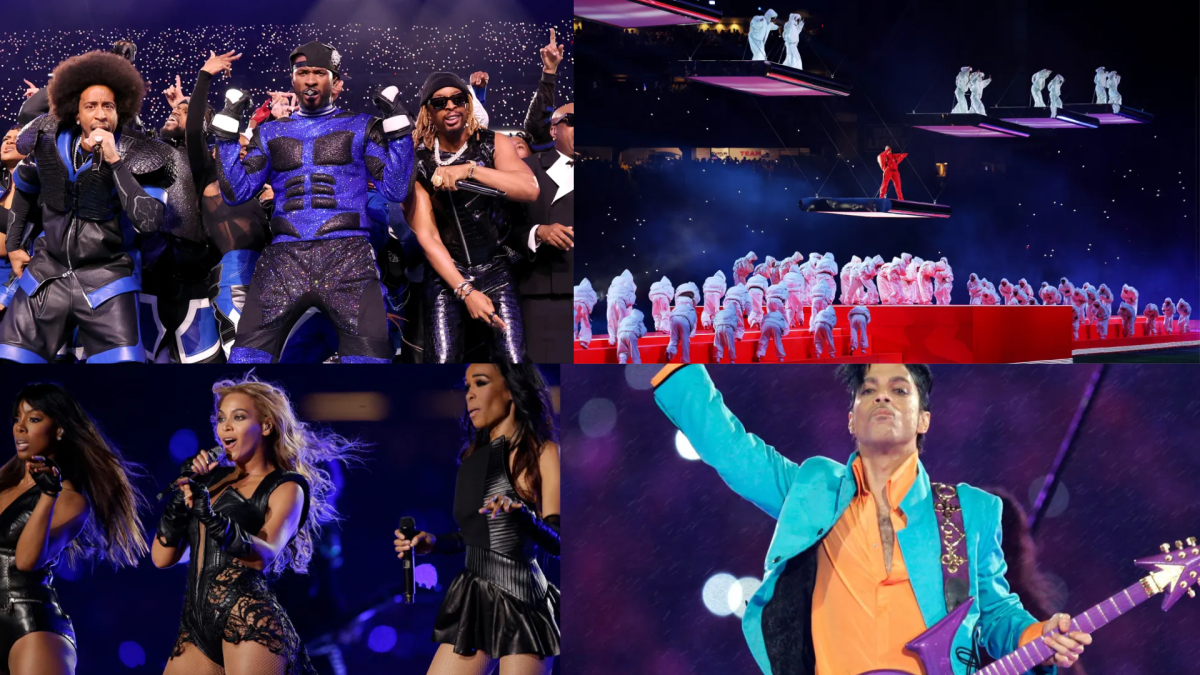
Smiling faces greet her as she walks through the doors. She instantly recognizes the coach whom she met with earlier that week. The blue and green pom poms glimmer as they rest on the floor. It took WCHS sophomore Rania Ahmed a while to be in this room. After being diagnosed with a nerve disorder known as complex regional pain syndrome (CRPS) in her left leg, daily life has not been easy. Ahmed is constantly in pain.
“I feel pain from my mid-thigh down, including the foot. I use my coping strategies like deep breathing to help with it,” Ahmed said. “If, during the school day, my leg gets hit with a backpack, and I have to go to practice afterward, my leg is already in more pain than it would be normally.”
The chronic pain in Ahmed’s leg has been a struggle. Ever since fourth grade, Ahmed has been in and out of crutches and, at times, a wheelchair. Her disorder is a cycle of one day feeling ok and then the next, having a flare-up and having to use crutches. Throughout this, Ahmed has been tenacious, participating in dance throughout middle school. However, for her first year at WCHS, she wanted to join a sport. This led her to try out for the WCHS JV Cheer team.
“I wanted to be a part of a team and I knew that there weren’t many sports that I could physically do because I couldn’t play contact sports,” Ahmed said. “I wanted to join a team because I wanted to meet new people since this is my first year at WCHS, and I knew people in middle school, but like it was not the same.”
For student-athletes with disabilities or disorders, it isn’t as easy to join a sports team. At times, there might be activities that you cannot fully participate in. As an athlete with a medical disorder, Ahmed believes that it is necessary to know your limits.
“I think knowing your limitations is important before you start your sport,” Ahmed said. “Your parents have to let you join the sport, and it’s also really hard to convince your parents to let you join a sport when you have a disability or disorder because they have to trust that you know your limits, [since] there are many things that could go wrong.”
During cheer practice, Ahmed has been able to set her boundaries by talking to her coach. WCHS JV Cheer Coach Emmalee Kenny has been very understanding about her disorder. This is a relief for Ahmed, who wants to be a part of the team but also needs to do what is best for her.
“If I can do it one day and I can’t do it the other day because of what I have, I know when to tell the Coach,” Ahmed said. “But I ask if I can do something else [that is] less intensive because I don’t have to be completely like, ‘I’m done,’ I am able to continue working with my teammates but also do something else that is a little more reasonable for me.”
Most of the time, Ahmed can participate in cheer training, including physically demanding activities like tumbling, conditioning exercises, running, and the occasional pyramid. WCHS sophomore and JV Cheer teammate Addison Jessie has witnessed firsthand how Ahmed’s condition doesn’t stop her from enduring the intense training.
“Cheer is definitely an intense sport with a lot of conditioning, drills, need for stamina, etc., so having a disability like CRPS could definitely put you at a disadvantage in our sport,” Jessie said. “Despite this, Rania hasn’t [let] CRPS stop her from participating in our practices, whether that be stunting, drills, workouts, or really anything.”
After being on the JV Cheer team for two years, Jessie knows what it takes to be a great cheerleader. Jessie sees Ahmed as a strong and determined cheerleader and a great teammate.
“I would describe Rania as a dedicated teammate, who’s willing to try new things, which is a very important quality for cheer since we are always working on newer and harder stunts,” Jessie said. “She always comes to practice with a smile on her face and has adapted to cheer very quickly. Some of the main qualities I see in Rania is that she’s sociable [and] inclusive. She has tried to set hangouts up with the whole team instead of just a couple [of] people.”
Jessie recognizes Ahmed’s accomplishments and how hard she has worked. Jessie believes that Ahmed is an inspiration for others who are in a similar position. She hasn’t let this challenge hold her back from pursuing her passion.
“As for other student-athletes with disorders or disabilities, I think that they should follow Rania’s lead and not let [that] stop them from joining a sport,” Jessie said. Rania has proved that you can do an intense sport like cheer, even with conditions such as CRPS.”








